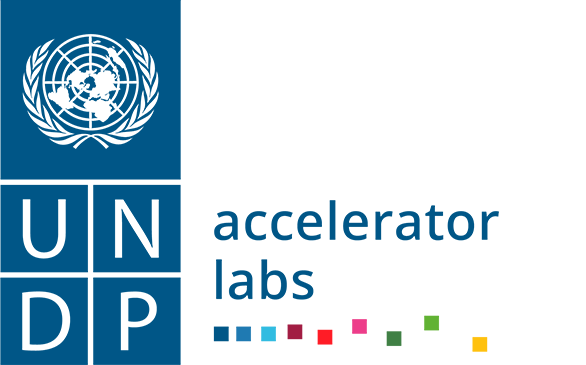A mapping of an innovator’s journey from inception to maturation to help coordinate support provided by government stakeholders (Zambia)
What it does. The innovator’s journey provides a holistic understanding of an innovator’s pathway and their sequential steps to scale. It also aims to describe the players and key opportunities within the innovation ecosystem in Zambia.
Value proposition for the government or other partner. The innovator’s journey can be used by a government and its partners to map and coordinate the ecosystem, as well as make critical linkages between actors. It is also a tool for innovators to identify where they are in their journey, and where they can find help to continue to develop their innovations.
Why and when to use it. Mapping an innovator’s journey helps government agencies and their partners understand what path(s) innovators take from the inception of their innovation to scale, which clarifies how and when they can intervene, as well as how their support might complement what is provided by others.
Known issues and troubleshooting. It may be worth paying particular attention to IP ownership for innovators. In Zambia, IP retention is a serious issue. When an innovator applies for IP protection they’re not covered internationally, which has resulted in idea theft.
Context. In 2020, Accelerator Lab Zambia introduced three nationwide innovation initiatives, the National Innovation Initiative (NII), the Experimentation Programme (EP) and the Waste Management and Youth Innovation Challenge (WMYIC) in collaboration with government, quasi government, academia, CSOs and innovators. Close to 3,000 submissions have been received over the three years, and the accelerator lab has provided monetary business development support, mentorship, research and product development, and access to networking platforms. The innovator’s journey concept emerged from the lab’s experience navigating its learning cycle and collaborating with partners through the NII and EP, recognizing the need to break silos, promote coordination, and create a conducive innovation ecosystem that enables innovators to scale.
Cost to implement (in USD). Approximately 10K
Time (in calendar time): Approximately 1 year
People (team numerosity): 3 Labbers
Focal point. Nampaka Nkumbula.
Country and year. Zambia, 2022-2023 (ongoing)
Resources.
